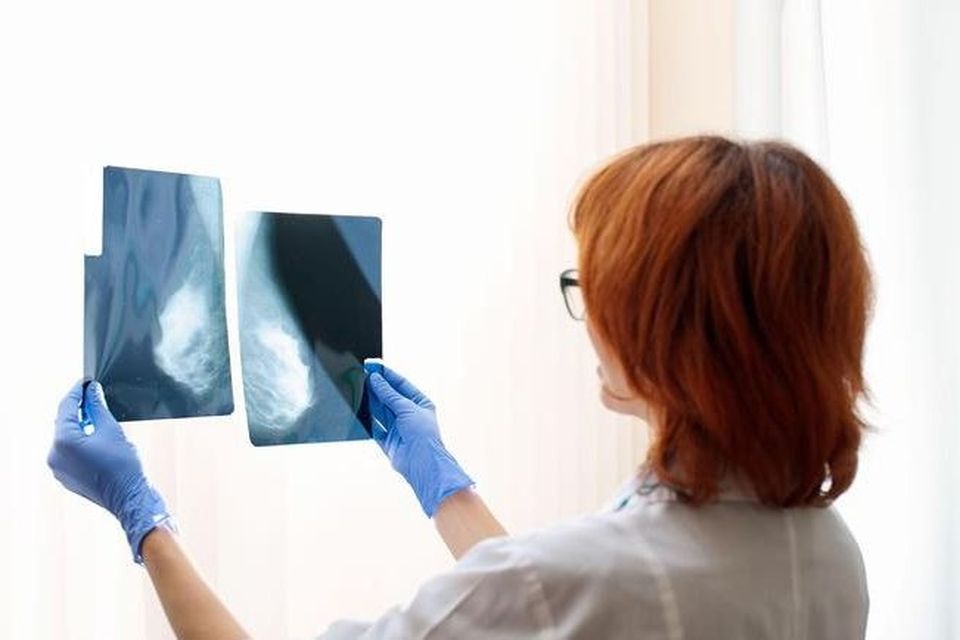One in seven discover cancer diagnosis in emergency department
Covid-19 led to more delayed diagnosis in the second year of the pandemic
Cancer diagnoses were delayed due to Covid, the report revealed. Stock image
Around one in seven people discover they have cancer only after going to a hospital emergency department – while Covid-19 led to more delayed diagnoses in the second year of the pandemic.
Emergency presentation is associated with more advanced stages of the disease, limited treatment options and poorer survival outcomes, according to the annual report of the National Cancer Registry (NCRI), with an analysis from 1994-2021.
The cancers with the highest rate of presentation in emergency departments are those of the brain, pancreas, liver, gallbladder, biliary tract, lung, ovary and colon.
The disruption to health services due to Covid – which led to around 10pc of expected cancers not being picked up in 2020 – continued in 2021, with around one in 25 people with the disease not coming forward.
The report said: “More complete data on the impact of the Covid-19 pandemic on cancer diagnoses in 2021 indicates that the pandemic resulted in a 4pc reduction in cancer diagnoses compared to what was expected that year. Early indicators suggest a return to expected rates of cancer diagnoses in 2022.”
The good news is that the number of people living after an invasive cancer diagnosis has almost reached 215,000 – or around one in 23 people in the country.
Read more
This is a 50pc increase in the number of cancer survivors compared to a decade ago.
This reflects both an increase in the number of people diagnosed with cancer every year and ongoing improvements in cancer survival.
The report said on average 41,767 cancers or other non-invasive tumours had been diagnosed annually between 2019 to 2021.
Invasive cancers averaged around 34,335 a year. The chances of being diagnosed with cancer is now one in two for both men and women.
It said that early diagnosis was associated with better cancer outcomes, reduced complexity of care for patients and lower cost of cancer care.
A high proportion of some cancers, such as melanoma, uterine and prostate cancers, present at an early stage – with a consequent five-year net survival of up to 100pc in many cases.
Cancers with a population screening programme also experience high five-year net survival when detected in early stages.
However, late presentation remains common for some other cancers such as head and neck, pancreatic and lung cancers.
Older people have a higher cancer incidence and lower survival rates compared to other age groups.
The five-year net survival for those aged over 75 is 46pc, compared with 86pc for those in the 15-44-year age group.
The report said: “Internationally, it has been shown that many factors underlie these findings, including delayed diagnosis as older people may present later for medical attention of symptoms, patients having other serious illnesses which limit treatment options, poorer treatment tolerance, reduced physiological reserve and lack of representation in clinical trials.”
NCRI director Deirdre Murray said: “Life expectancy in Ireland is among the highest in Europe and we present the outcomes for cancer in older people, which will hopefully form a benchmark for policy-makers and service planners in their work.
“Equally, we highlight the benefits of early diagnosis on cancer outcomes by cancer type and finally we report on cancers presenting as an emergency –both key indicators of cancer control.”













.jpg)

